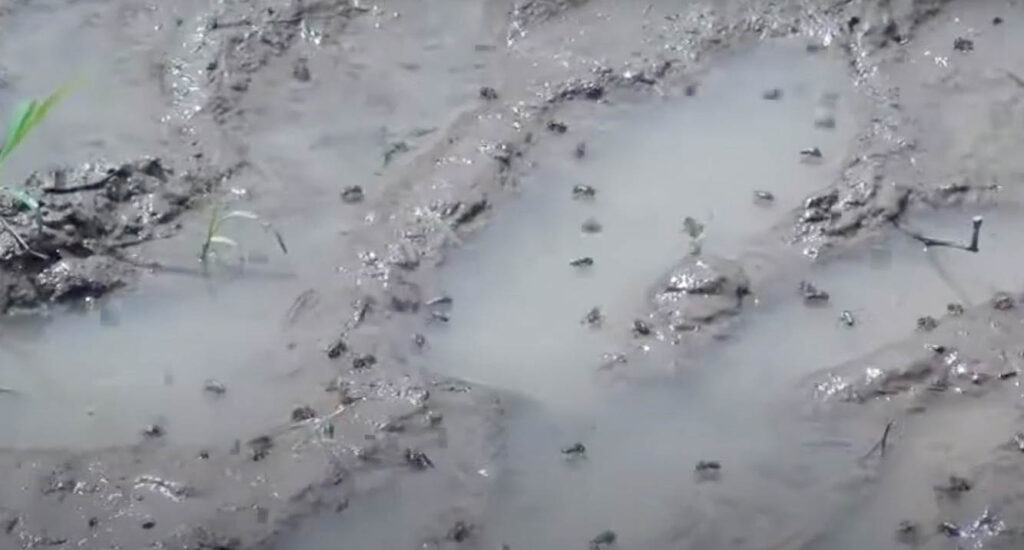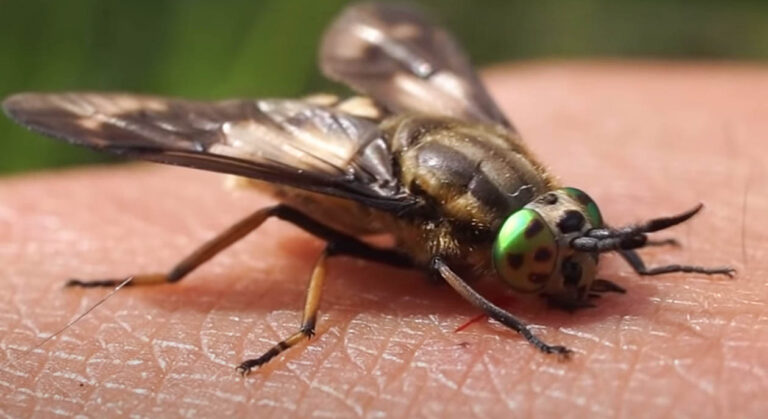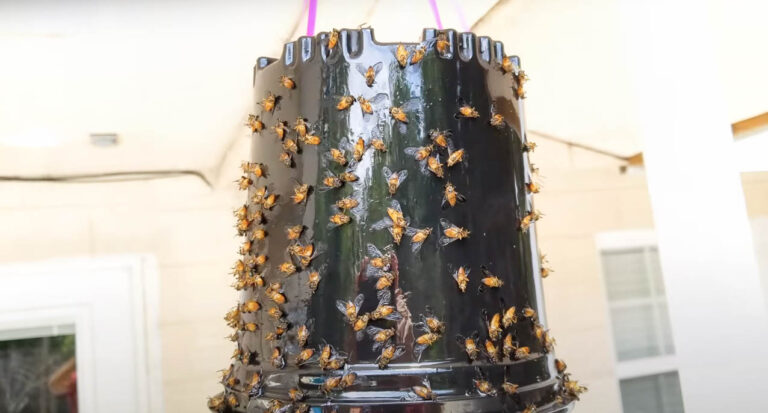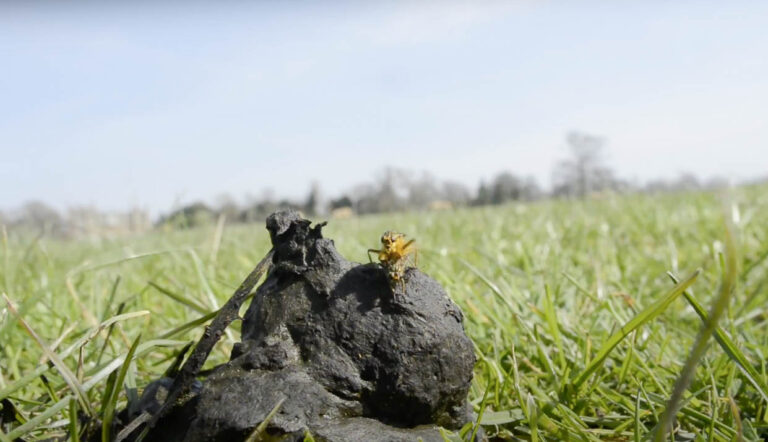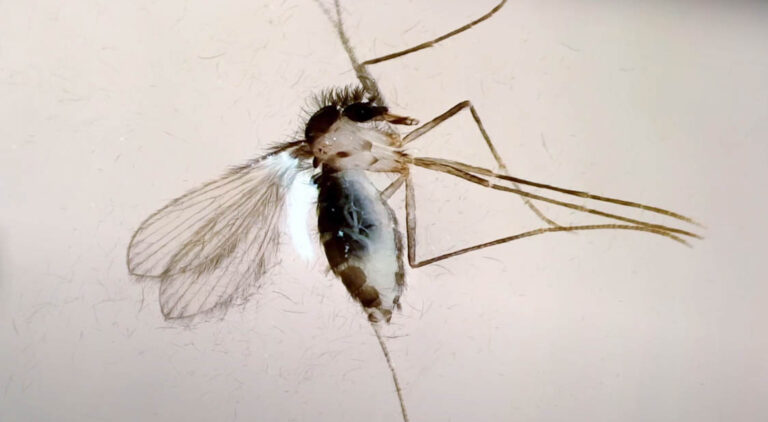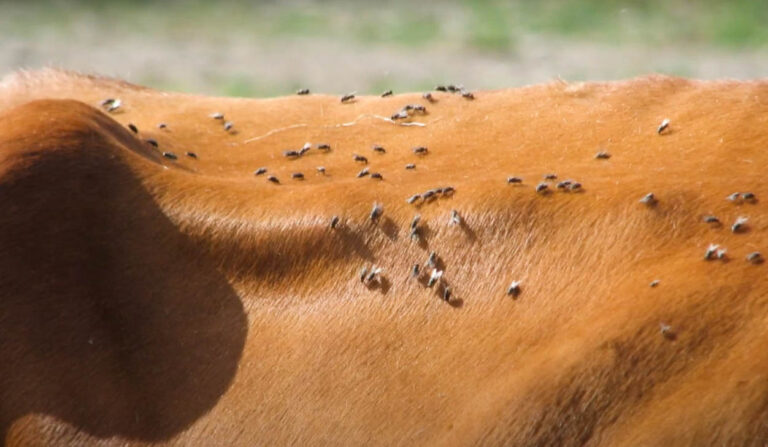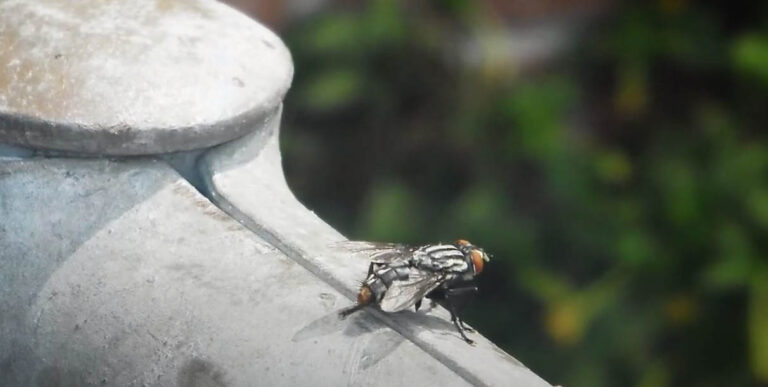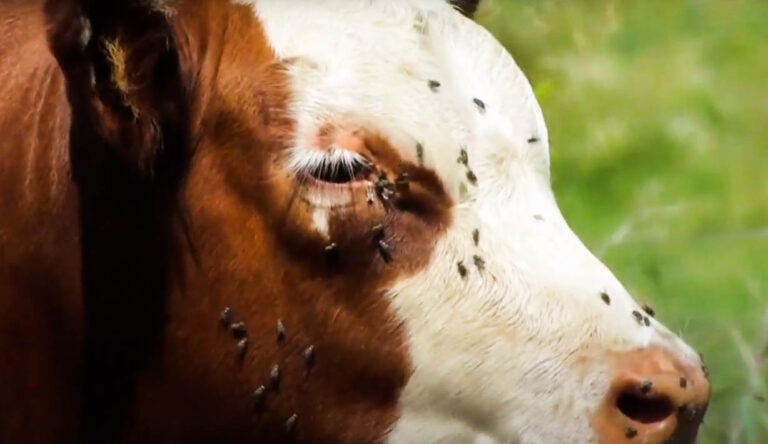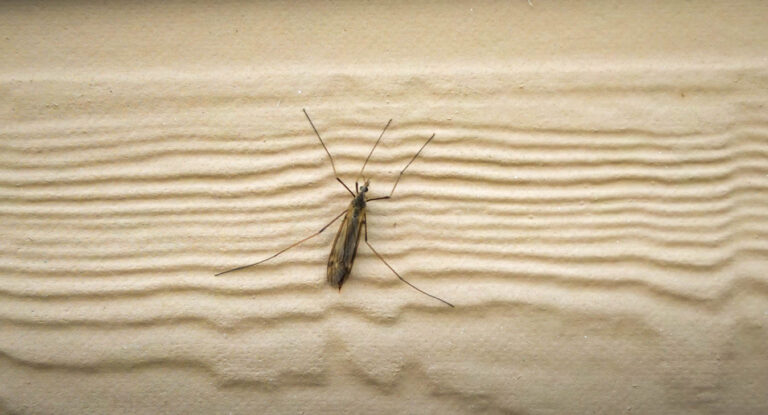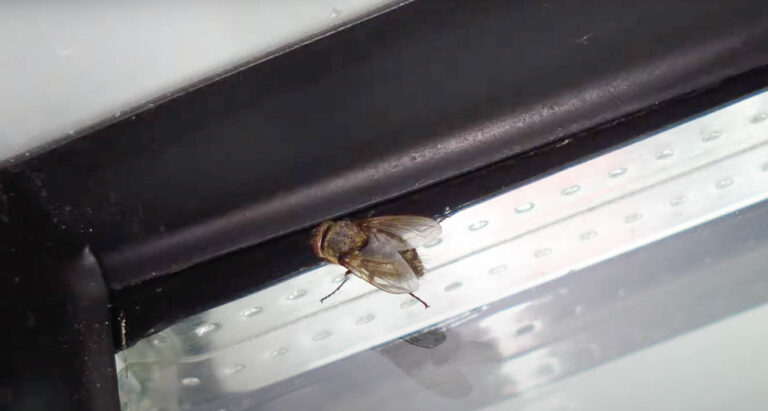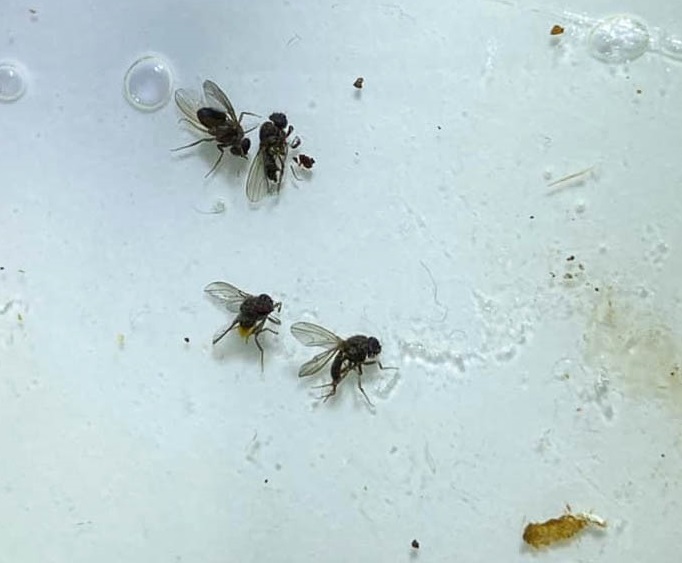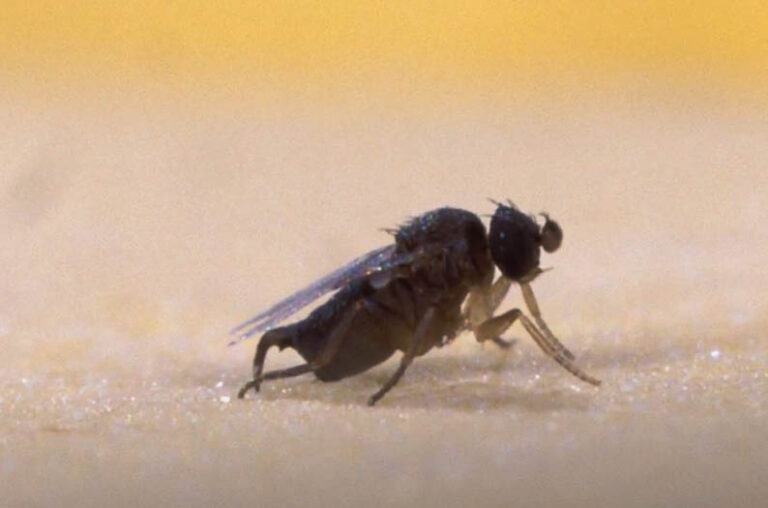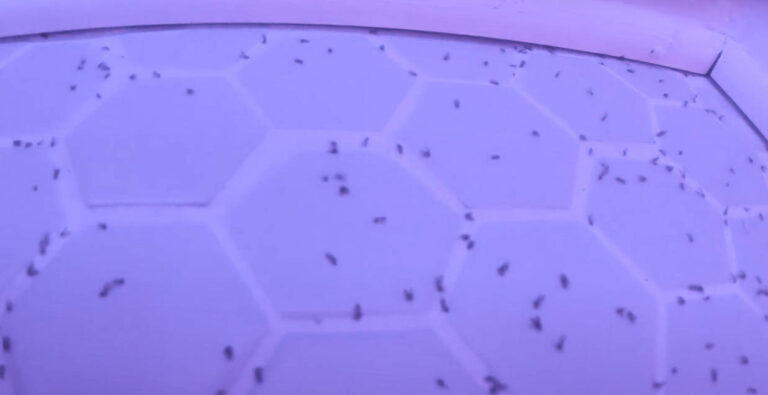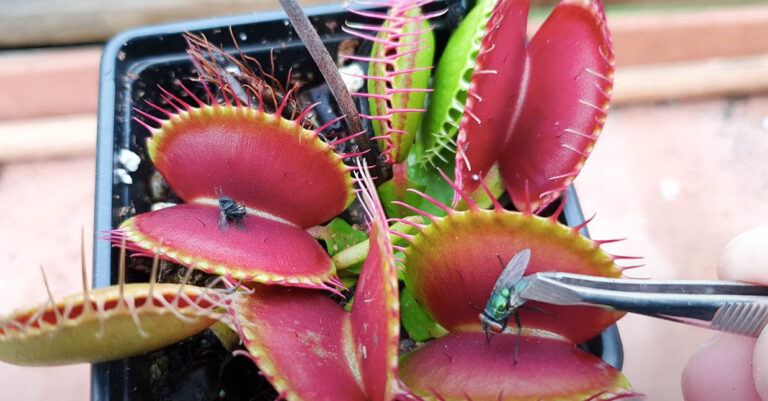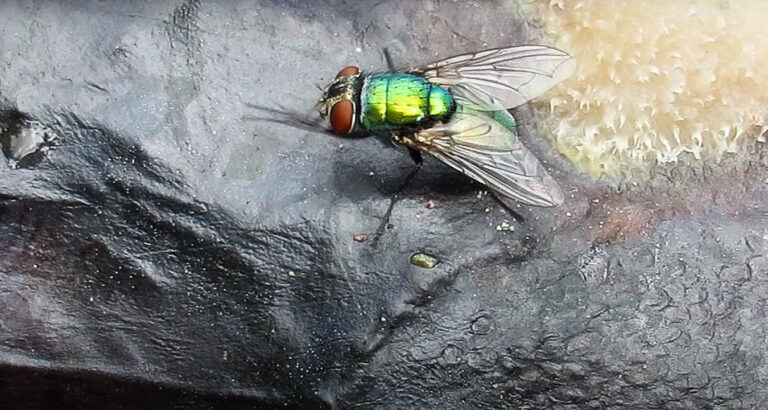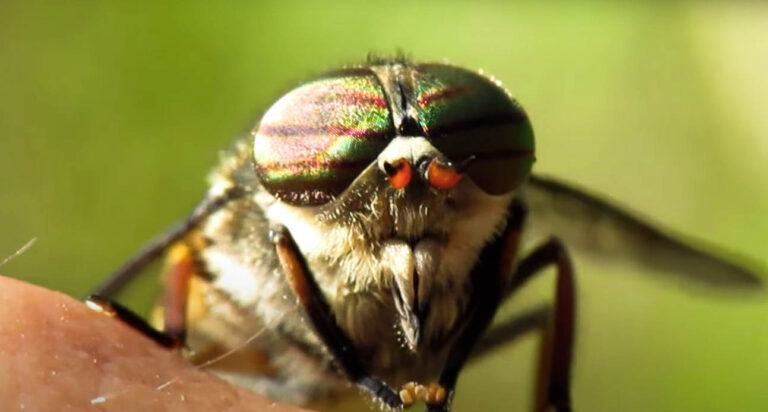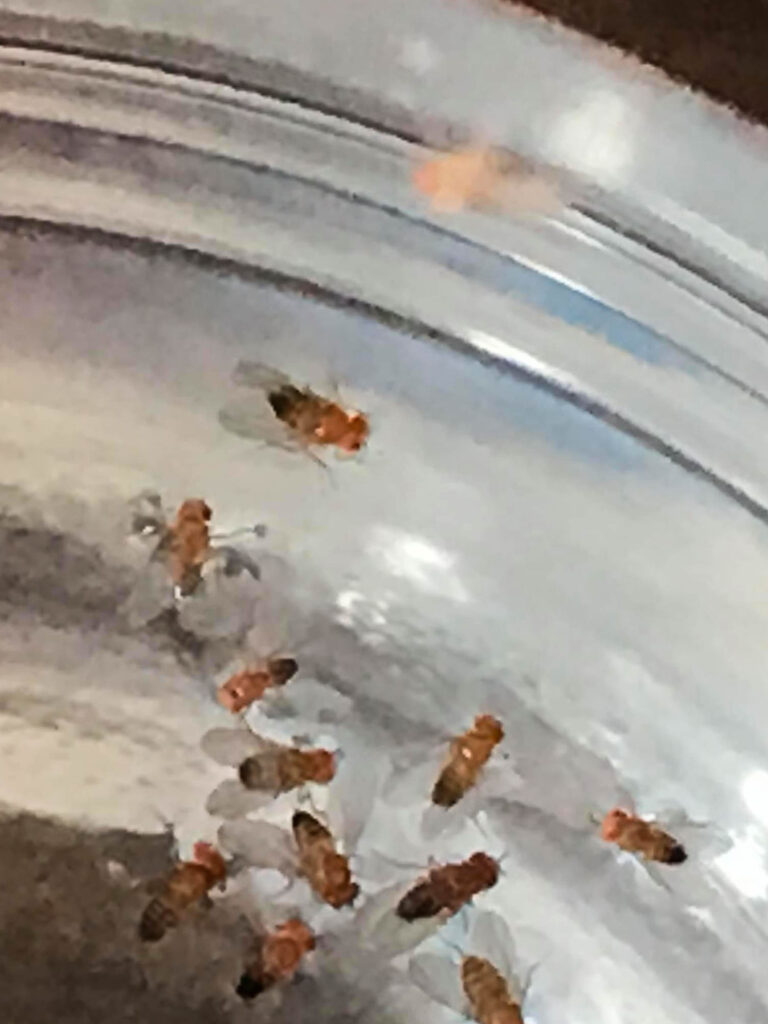About the Drain Fly
Appearance
Drain flies, also known as sink flies, filter flies, or sewer gnats, are commonly found in close contact with humans. They are typically around 1.5 to 5 mm (0.06 to 0.2 in) in length. However, they are quite broad, being 5mm (0.2 in) wide. They are notable for their furry appearance, with their head, thorax, and tail covered in a soft light tan fur. Two long multi-segmented antennae are found on their heads, each with smaller hairs. On their backs are two oval wings, marked by long brown lines. The wings are mildly opalescent. Altogether, their unusual appearance has earned them another name: the ‘moth’ fly. Like all insects, drain flies have six legs, protruding from their thorax. Aside from the overall similarities, as described above, drain flies come in a range of variations. These include changes to size and shape, wing patterning, and antennae length. In total, there are over 2,600 drain fly species worldwide.
Behavior
Unsurprisingly, drain flies are most commonly associated with drains. They will typically feast on decomposing organic matter or sewage. This is, in part, due to an anatomical limitation. Drain flies lack the required mouth apparatus to chew and digest solid foods. As such, they require semi-solid or gelatinous matter that can be consumed orally. That’s why drains and sinks provide the ideal feeding locations, containing ample slime and residues. Thankfully, drain flies aren’t of immediate harm to humans. They can neither bite nor sting. However, in large quantities, they can become a health hazard. There is some evidence to suggest drain flies can cause several ailments, including myiasis, leishmaniasis, microfilaria, and asthma. As a general rule, drain flies don’t fly long distances. They aren’t strong fliers; instead, relying on their wall-climbing abilities to get around. They are also nocturnal, only venturing out at night.
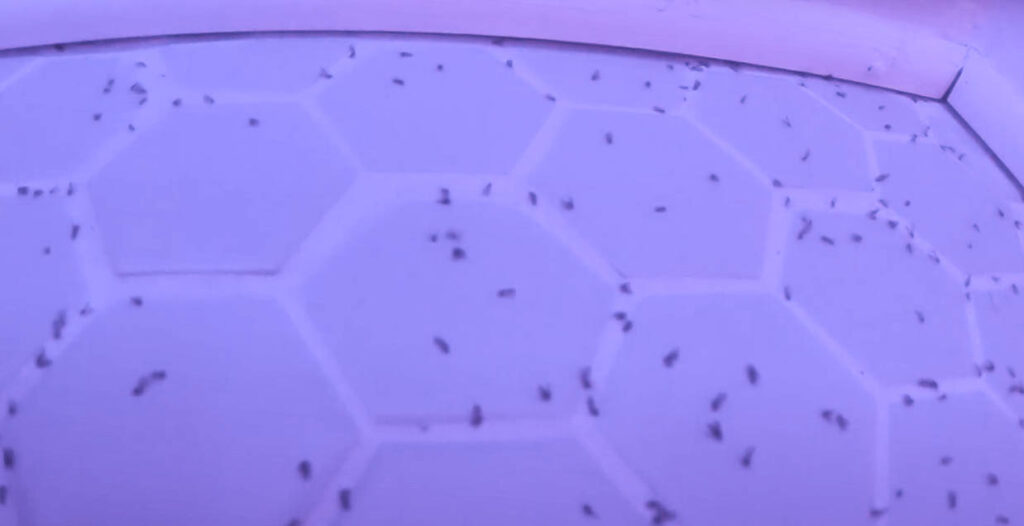
Life cycle
If you’ve ever noticed a mildly transparent larva (worm-like creature) near a bathtub or shower, it might have been the young of a drain fly. These insects will lay their eggs in the moist edges of bathrooms, or beneath the water in a toilet. An adult female can lay 30 to 100 eggs in a sitting, though they only breed once. These eggs take around 32 to 48 hours to hatch. From there, the larval form emerges. Typically, these young are around 4 to 5 mm (0.16 to 0.20 in) in length. Their bodies are long and thin and lack significant coloration. Unlike some species which are laid in an environment they can eat, such as a carcass, drain fly larvae must search for food. Life is a constant hunt. They primarily feast upon fungi, algae, bacteria, and other small animals Though they are aquatic, the larvae cannot breathe underwater. Using a small tube, they must regularly resurface for oxygen. Within 9 to 15 days, the larvae are ready to enter the next stage, depending on environmental factors. This is the pupal stage. Here, the larvae’s exoskeleton hardens and darkens. For 20 to 40 hours, it appears as if the larvae have gone into stasis. However, inside the body is reforming itself into an adult drain fly. They prefer to undergo the pupal stage in water and do not feed throughout.
Habitat
As mentioned, drain flies love damp and moist environments. Naturally, they can be found in swamps, ponds, and other semi-aquatic environments. Or alternately, they can be found near decaying logs or compost piles. However, in the urban world, drain flies prefer their namesake: drains, sinks, and moist bathroom environments.
It doesn’t matter if hot water or soap flows through the tap or drain, drain flies will still linger on. Therefore, they can be quite tricky to get rid of. As such, it is crucial to take immediate steps if you spot them in your home.
